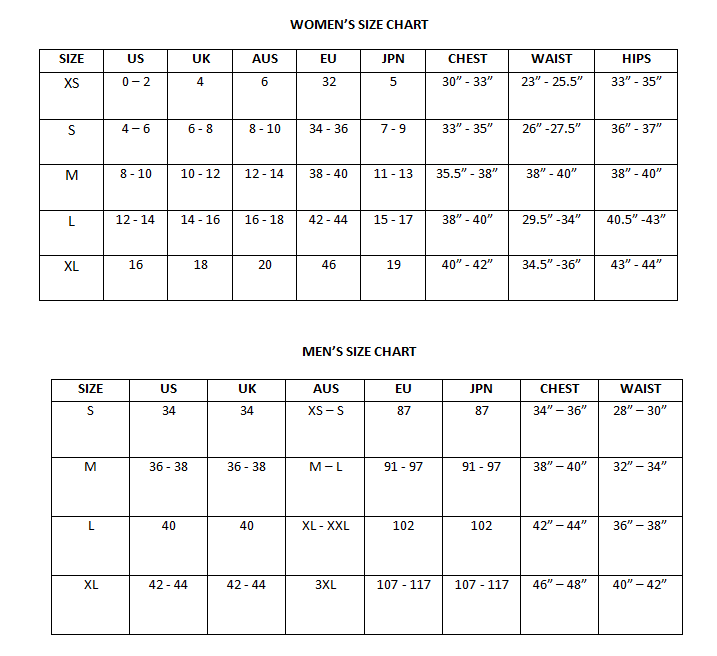FREE SHIPPING
Free shipping on all US order or order above $200

All orders shipped with UPS Express.
Always free shipping for orders over US $250.
All orders are shipped with a UPS tracking number.
Items returned within 14 days of their original shipment date in same as new condition will be eligible for a full refund or store credit.
Refunds will be charged back to the original form of payment used for purchase.
Customer is responsible for shipping charges when making returns and shipping/handling fees of original purchase is non-refundable.
All sale items are final purchases.
Give us a shout if you have any other questions and/or concerns.
Email: [email protected]
Phone: +1 (23) 456 789
| Common name | Pitcher Plant |
|---|---|
| Species | Nepenthes macfarlanei |
| Germination | Nepenthes seeds should be started on chopped live sphagnum moss in very damp but not wet conditions. If the sphagnum starts to overgrow the seeds, pinch it back with a forceps. Sow the N. Macfarlanei seeds, on the surface, very sparingly. It is best to spray the sown seed with a fungicide to help keep the seeds from molding. Cover the pots or place them in plastic bags in warm, 32øC (90øF) plus temperatures. They should be in light shade or under fluorescent lights. Germination can take from 4 weeks to almost a year. Most seedling Nepenthes are lost soon after germination. For the best survival rate, transplant the seedlings on the week of germination. If transplanted with care and spaced about 1 to 2 cm apart in live sphagnum, fungus and desiccation problems are greatly reduced. Transplant the seedlings as they just begin to overgrow each other or their pots. Short day periods and cool temperatures are the most dangerous for the plants. Try to keep them warm and humid but not stagnant and wet. Watering and misting should be performed frequently, and preferably with distilled water, to avoid mineral build-up that is not only unsightly but that may damage the delicate roots of Nepenthes (and most other carnivorous plants). Standing water is inadvisable. A wet, well-draining potting medium is a necessity. Methods of feeding are varied - some growers feed freeze-dried bloodworms or Koi pellets (both available in the fish section of most pet stores); others prefer orchid mixes. No carnivorous plant should ever be fed mammalian meat - this will result not only in an unpleasant smell but also the probable rotting of the pitcher and potential death of the plant. The digestive enzymes present have not evolved to handle large prey items, and the rotting material gives opportunistic bacteria and fungi a chance to take hold. Germination can take longer. Be patient! |
| Price View | Price Range |
Free shipping on all US order or order above $200
Contact us 24 hours a day, 7 days a week
Simply return it within 30 days for an exchange.
We ensure secure payment with PEV